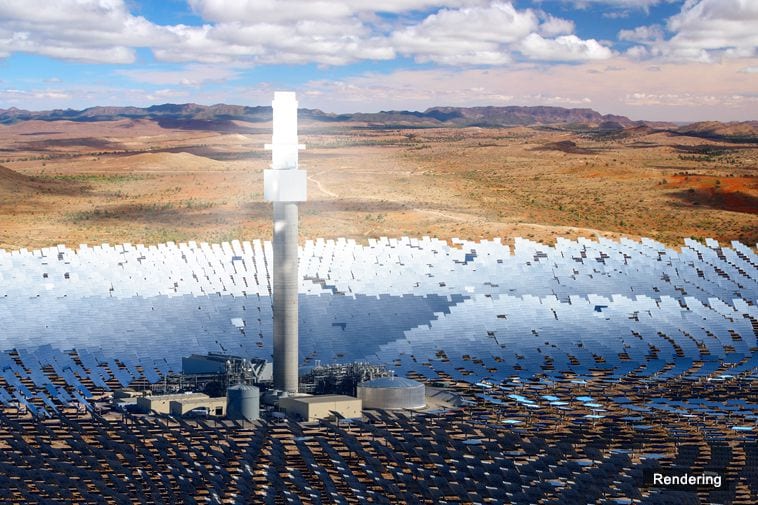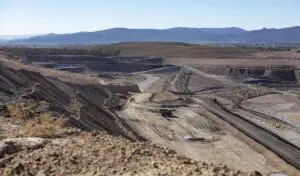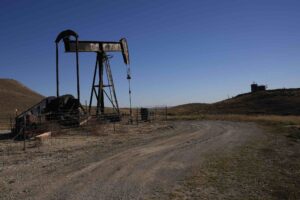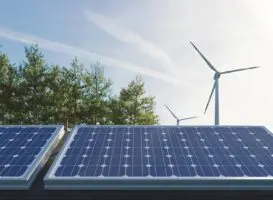At a recent energy event in Adelaide where I presented for Nick Xenophon’s SA-BEST, it was encouraging that the Greens, SA-BEST, Labor and Liberal all stated that renewables was the future.
However, the Liberal Party is going to be hamstrung by Turnbull/Abbott and the National Energy Guarantee (a thought bubble to appease the Abbott ilk, masquerading as policy); inaction on climate; and offering a $1 billion loan to Adani.
SA Labor, on the other hand, have got it arse-about-face again in going for a 75 per cent renewable energy target, purchase of a diesel/gas plant, its ETS policy, and choosing Tesla for its home power without going to tender or similar.
They keep doing this.
It happened with Coober Pedy Energy which targets 70 per cent renewables – which delivered prices above 50c/kWh for generation, when there were three alternative bid prices below 30c/kWh.
In fact, based on the economics, Coober Pedy could have been 90 per cent renewable at 30c/kWh, using hydrogen as a storage option.
The problem with a target is it is like choosing a solution rather than working from an objective.
Good engineering process is to identify the problem, have an objective, look at options, define criteria, then chose the best option; refine (e.g. bankable feasibility) then implement. Incidentally, SA-BEST has four engineers as candidates.
SA-BEST policy is for a key objective as affordable, reliable, quality and secure power.
A second objective is to meet and exceed the Paris commitment – and to limit global warming to 1.50C – and to achieve this, it is not confined to electricity alone.
We also want a thorough grid model to assess how best to deploy distributed energy, storage and energy management – and certainly more competition to break the monopolies that have been the major cause of price hikes.
In addition, we wish to legislate regarding transparency in retailers and generators costings (gentailers), and power distribution costs and processes.
Our overall policies of being open, honest and transparent mean that it would be disingenuous to offer detailed solutions without a thorough analysis, and also knowing what secret deals have been made. We also acknowledge to unpick the current NEM mess will not be trivial.
SA has among the highest power prices in the world, and add to that $550 million of taxpayers money thrown into the mix to shore up power – it’s not good.
It is absolutely essential that prices come down and reliability is secure as an immediate priority, otherwise we risk losing businesses and people leaving the state.
Low prices in SA would be good for the renewables image as it would dispel the myth that renewables push up prices, when it is clear the converse is true.
So based on the objective, my personal prediction is that this will result in around 90 per cent renewables by 2030. This is a prediction, not a target.
SA can lead the nation not just on energy generation, but all the manufacturing, construction and jobs that could go with this in areas such as PV panels, components, smart energy, CST mirrors, etc.
Our cooperative community power project is predicted to bring prices down for those involved by 20 per cent within two years and for all consumers due to increased competition.
The biggest reason that Labor’s proposed 75 per cent renewable energy target is a problem is that it does not look at the objective of climate change holistically. While Weatherill is promoting 75 per cent renewables, he is also fracking up the south east and promoting drilling in the Great Australian Bight.
Not only that, but energy minister Tom Koutsantonis is offering incentives to these projects: i.e. promoting a carbon bomb many times bigger than South Australia’s total energy use. SA-BEST oppose these specific projects.
Australia currently emits around 1.5 per cent of world emissions, yet has 0.3 per cent of the population.
So when people say that our emissions reduction won’t make a difference, it’s like the kid at the party who takes an oversized slice of cake saying that there is plenty left for others. It’s simply selfish and ‘un-Australian’. We need to pull our weight.
So if SA looked at the objective of addressing climate (let alone other externalities), then Labor is actually not doing very well.
Weatherill’s policies would actually lead to ill Weather (ok that’s my zinger for the day) and cause a massive climate bomb – let alone stranded assets. This is not good for the environment or the economy.
Weatherill knows my position very well, and to say he thinks he could “persuade Nick” is patronising – as he knows we are already working on this.
Nick fully supports solar, wind and all renewable energy, and as a demonstration negotiated $110 million for concentrated solar thermal.
Nick Xenophon does care about people and does not like predatory behaviour or abuse of market power. In this regard he is able to change a position based on new information.
This is in contrast to the current South Australian government, who have overseen chaos in many departments, and instead of trying to fix it, go out of their way to cover it up.
This practice of cover up is also evident in the Liberals (federally), and reinforces the notion that these major parties are guided by vested interests, not necessarily the will of the people.
While the Weatherill government should be commended for moving on renewables and the big battery, it should be remembered that in 2015 they knocked back options on hydrogen, renewable projects, reverse auction options (unlike the ACT who contracted the low prices on Hornsdale – ironically in our backyard) and virtual net metering only to pursue a dump.
I’m of course referring here to the Nuclear High Level Nuclear Waste Repository (or is that suppository). Luckily the ‘Jury’ saw through this, and 80 per cent stated they did not trust the government.
It was Premier Mike Rann who made the push for renewables, but he was tapped on the shoulder by Weatherill who replaced him.
The government has consistently rejected many reports on energy reliability since 2011 and earlier (including my own recommendations).
In short the Weatherill government has got on the renewables band wagon which has landed in their lap, rather than good vision, strategy and planning.
The key message here is we need governance that follows honest and common sense processes such as – to first identify the problem, set the objective, assess options, then make a rational choice all within a frame work of honesty, transparency and accountability. Wouldn’t it be good if all policy was developed along these lines!
Graham Davies is an engineer and energy consultant and candidate for the seat of Waite. He is SA Best’s environment and energy spokesperson.









